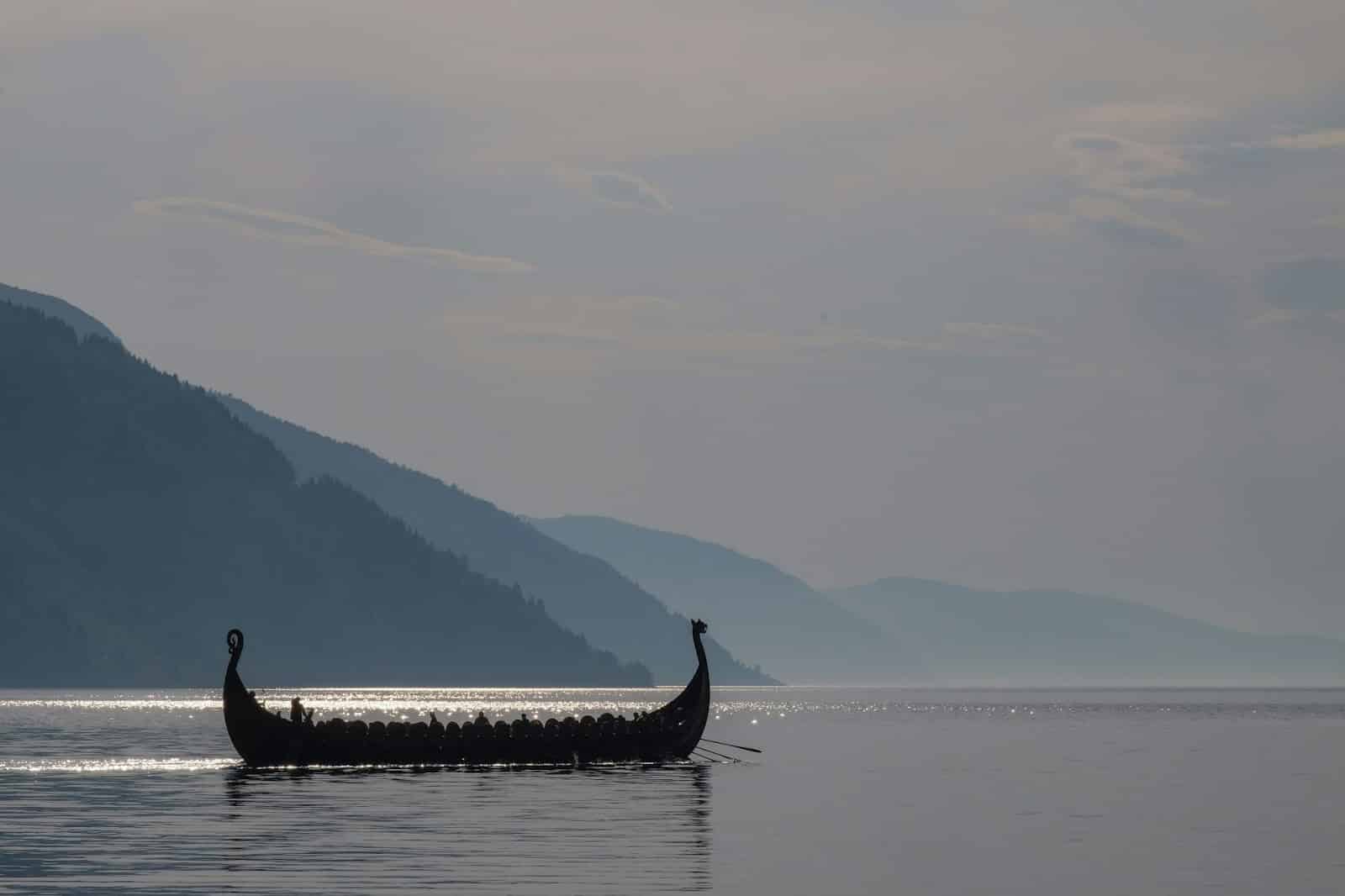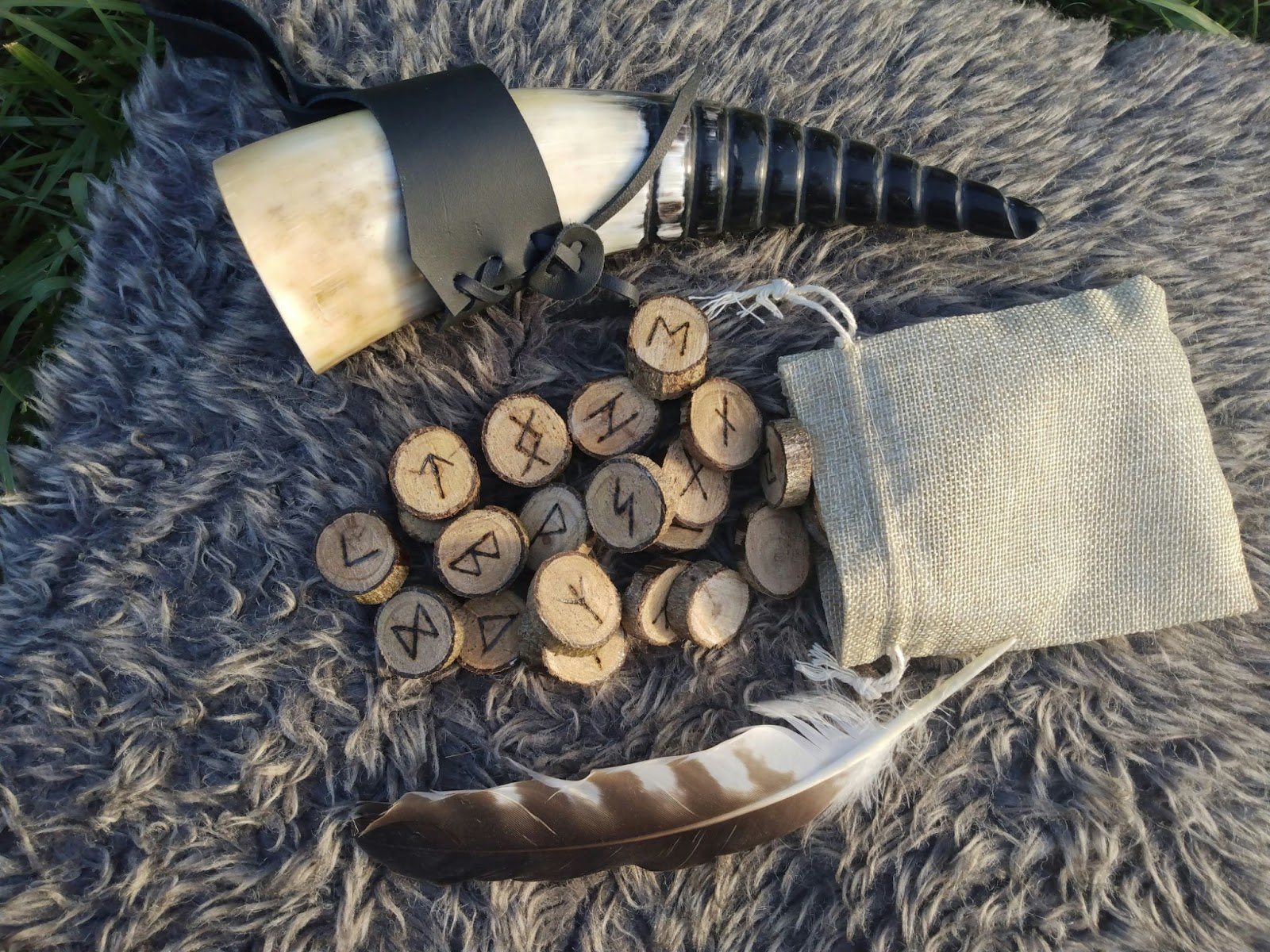Unlike history, mythology is timeless. Its role is not to accurately depict reality but to convey and create meaning. This feature reveals it as one of the integral staples of human culture. Ideas and symbols are equally derived from surroundings and direct creators of the cultural environment, like values, customs, and perception.
Being nature personified, they manifested the dualistic relationship between the world and people. Norse gods and supernatural entities were deeply intertwined with the perceived everyday life of ancient Scandinavians, making life simpler with their gifts or bringing disaster to unsuspected victims. If you’re an iGaming enthusiast, it’s similar to how you may see an Apple Pay casino Australia as a godsend that simplifies payments and a location restriction as an obstacle to online gambling.
But we digress; let’s dive into the fascinating realm of the old Norse religion.

The Pantheon Hierarchy: The Chicken-and-Egg Question
Although modern people like to view ancient pantheons as strictly hierarchical, this trend has more to do with the 19th-century attempt to solidify national identity and frame it within the dominant, Abrahamic religious narrative.
Depending on social group and interest, ancient practitioners may have prioritised different gods. Social power shifts were often reflected in rearranging the relationships between deities. Sometimes, an entity we know as lesser was older and more powerful than the then-most potent god.
Norse mythology was first written down by a Christian Icelandic writer, Snorri Sturluson, so we can assume some bias on his side — not to mention the numerous versions that never left the oral tradition. Still, the evidence that we have, no matter how distant and flawed, can offer a glimpse into antiquity.
Old Norse Religion
Ancient Scandinavians mostly worshipped outdoors, at special natural sites. Occasionally, cult houses were built but never became ubiquitous. Apart from persons of authority, like chieftains who conducted public offerings, sorcery and shamanism were a common form of religious practice.
The native religion was in constant contact with the neighbouring cultures like the Slavs, the Sami, and the Finns. Some associate berserker warriors with the liminal state between the profane and religious activity. Since their fighting was described as trance-like, they are sometimes believed to originate from ancient hunting magic practices.
Gods and Goddesses: The Rulers of the Divine and the Mundane
The ancient Nordic reality was manifested through the world tree, Yggdrasil. On the top resided the Aesirs, celestial deities and inhabitants of Asgard. The trunk was reserved for mortals, and the roots took us deep into the afterlife, the realm of the ancestors.
Chthonic deities, once more worshipped and more important, were called Vanirs. The early war between them might be a remnant of the power struggle of different social groups associated with them and a reflection of the worldview of the victors.
What follows will introduce some of the most renowned Scandinavian deities and their influence on everyday life.
Odin, All-Father and Frigg, the Mistress of Destiny
Although he was definitely not the ultimate creator of reality, Odin has gradually won the position of the head of the pantheon. He might be the heavenly father, but he is not immune to seeking help and wisdom from others. He sacrificed his eye to the Well of Mimir to gain knowledge and often wandered the mortal realm disguised as an old man.
People were advised to treat all strangers with kindness because gods would reward virtue and punish cruelty. Alongside his multiple names and nicknames, Odin was a god of war, wisdom, poetry, hunting, and magic. As such, he united the features of celestial and chthonic deities. The frenzied berserker warriors were also dedicated to him. An interesting bit of trivia: the English name for Wednesday comes from Wotan, one version of this enigmatic deity’s name.
His spouse, Frigg, was a goddess associated with something as divine as destiny, but also a protector of a practice as mundane as weaving. She originated from the Vanir, and her marriage to Odin represented the peace between the divine races. Like all mother goddesses, she was a protector of marriage, motherhood, and fertility.
Frey and Freya, the Vanir Twins
The two Vanir twins represented love, beauty, and fertility, as well as magic. Just like Odin’s hall, Valhalla, hosted warriors fallen in battle by offering them eternal feasts, Freya’s hall was meant to honour those whose death was considered noble, including women.
This goddess is also linked to the mythical female warriors, the valkyries. Rightful violence, in defence of honour, avenging loved ones or protecting one’s autonomy, was a common behaviour for many characters in Scandinavian sagas, both men and women.
Loki, the Trickster
Loki was of Jotun origin. In other words, a giant, an equivalent of the Greek Titans and Odin’s half-brother. Snorri Sturlusson described him as a villain, which is probably a sign of Christian influence. Entities like Loki usually represented tricksters or cultural heroes, ambiguous characters often associated with human intelligence, which, just like their nature, could be both beneficial and destructive.
Thor, the Thunderer
The famous and well-known thunderer is probably what most people associate with Viking masculinity. He was strong and jovial and often indulged in battles, disputes, and drinking. Like most ancient heroes, he was depicted as committing many righteous deeds. At the same time, he was known as impulsive and occasionally over-reliant on violence.

Other Creatures
Apart from gods and goddesses, the Viking world was inhabited by other supernatural creatures.
The wise, elegant and sometimes tricky elves inspired their famous equivalent in J.R.R.Tolkien’s The Lord of the Rings. Just like dwarves, they were famous blacksmiths, known to produce many magical objects, including a cursed ring, immortalised in the Völsunga saga, later known as The Song of the Nibelungs.
Household spirits, like kobolds, could help perform tasks around the house or on the farm, as well as scare people off. Trolls were dangerous monsters roaming the wild, and Vikings had to share their everyday existence with numerous spiritual forces, alongside animals and plants.
“Even though we refer to pre-Christian Scandinavians as Vikings, in reality, this word was only meant to represent a small percentage of the population that engaged in raids. It might be difficult to believe due to the famous pirates’ enormous popularity, that the majority of ancient Scandinavians were farmers”, explains Lola Henderson, history buff and author at AuCasinosList.
Although we will never truly know what ancient deities meant to the old Norse population, it is clear that their complex, ambiguous personalities and multiple functions created a rich tapestry of dynamics and relationships between Scandinavian cultures and the divine. The entities were, at the same time, identity markers, profession protectors, and the embodiment of different human values as well as natural forces.
Ragnarok
Unlike the Christian mythological world, ancient Scandinavian religion was envisioned as a cycle rather than a line. The end of the world, the notorious Ragnarok or the Twilight of the Gods, was just as dramatic as the Apocalypse, but was not the final adventure before the eternal afterlife. What followed Ragnarok was the rebirth of the world and the gods — and the beginning of a new life.
In Conclusion
Scandinavian mythos is still popular and prominently featured in movies, TV shows, video games, books, and comics. The settings and character depictions may or may not bear similarity to how these figures were perceived in the past, but the trend is true to the essence of mythmaking.
As stated at the beginning, myths are about meaning and are relevant as long as living people interact with them. Of course, social changes and shifting priorities will require reframing and reinterpretation of old myths, which has been true throughout history. Ultimately, these eternal archetypes can only remain significant if they, like Loki, shapeshift to reflect the ideas, values, and conflicts of contemporary humanity.
